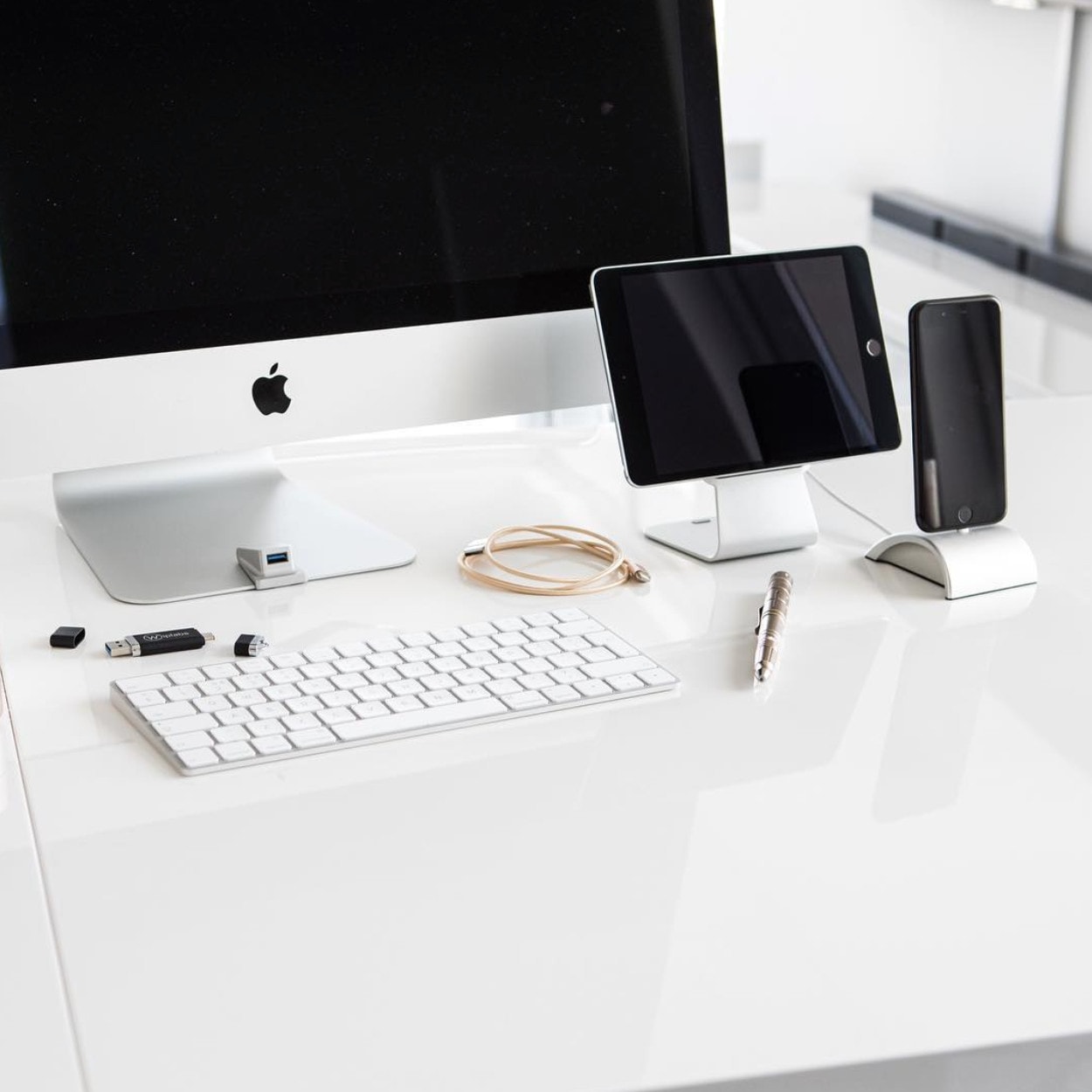Laptop Screen For Mac
Sharing your screen remotely is a convenient way to access another computer as if you’re sitting in front of it. OS X and Windows have this ability built right into them, meaning you can easily share your Mac’s screen with Windows PCs, and vice versa. If you run a mixed network, it’s most likely a combination of Macs and Windows PCs. (Two Thunderbolt 3 ports) (Four Thunderbolt 3 ports) Force Touch trackpad for precise cursor control and pressure-sensing capabilities; enables Force clicks, accelerators, pressure-sensitive drawing, and Multi-Touch gestures. (Two Thunderbolt 3 ports) (Four Thunderbolt 3.
Related Articles
- 1 Collaborate Using Evernote
- 2 Use Toshiba Power Saver
- 3 Tether a MacBook to a Desktop
- 4 Make a MacBook Invisible to Other MacBooks
The Mac Mini is a headless computer that you must hook up to a monitor. If you do not have a spare monitor available at your business, you can use an Apple laptop as a monitor for your Mac Mini. You cannot directly connect the laptop to your Mac Mini like a traditional monitor with a VGA or HDMI port. Instead, you must configure wireless screen sharing. This feature allows you to remotely control a Mac Mini from your laptop as long as the computers are both on the same network.
 1.
1.Power on your Mac Mini and connect it to the Internet via an Ethernet connection.
Download quickbooks for mac 2016 - I just buy the software, but my computer doesn't have cd room, how I can download the program I have the. 
Power on an Apple laptop and click 'System Preferences' from the Apple Dock.
3.Click 'Sharing' under the heading 'Internet and Wireless.'
5.Open 'Finder' from the Apple dock on your Apple laptop.
6.Select the name of your Mac Mini computer under the Shared icon in the Finder. Your Mac Mini is connected to the Internet via an Ethernet connection and is automatically detected via the Finder using a wireless or Ethernet connection.
7.Click 'Share Screen.' Authenticate with a username and password. After authentication, you are able to use your Apple laptop as a monitor.
References (2)
- Mac Mini Hacks & Mods For Dummies; John Rizzo
Resources (1)
About the Author
Steven S. Warren lives in sunny Florida. His articles and blogs have appeared on websites such as CIO Update, DevX, TechRepublic, SearchTechTarget, Datamation and DatabaseJournal. With more than 15 years of experience writing about technology, Warren's computer certifications include MCDBA, MCSE, MCSA, MCTS, CCA, CIW-SA, CIW-MA, Network+ and i-Net+. He also holds a Bachelor of Arts in English from Florida State University.
Photo Credits
- Justin Sullivan/Getty Images News/Getty Images
Choose Citation Style
Related Articles
- 1 Static When Connecting a Second Monitor on a MacBook Pro
- 2 Connect a MacBook to a Primary Desktop Display
- 3 Instructions for Connecting Projector Cables to Laptops
- 4 Open an iLink Port on a Toshiba Satellite
You can attach a second monitor to your Mac to increase the viewing area for your computer. The mini displayport included on your computer allows you to export the video from the graphics card to external displays. Your Mac can work with any monitor with a DVI or VGA connection even if the display came from an old PC.
1.Turn off the PC and the monitor. Locate the connection port on the rear of the monitor from your PC. Disconnect the video cable from the monitor. Determine if you have a VGA or DVI port. DVI ports are rectangular in shape and have square-shaped pins. VGA ports have rounded edges and circular pins.
2.Insert the adapter into the 'DisplayPort' on the side of your Mac. The port features a small icon of monitor next to it.
3.Connect the end of the VGA or DVI cable to the port on the DisplayPort adapter. Secure both screws on the side of the cable to lock the connection in place.
4.Connect the other end of the VGA or DVI cable to the connection port on the rear of your monitor. Turn on the monitor and your Mac will automatically recognize the second monitor. Click the 'Display' icon on the Apple toolbar at the top of the screen and click 'Open Display Preferences' to adjust the display settings for the second monitor.
Things Needed
- DisplayPort to VGA adapter
- DisplayPort to DVI adapter
- VGA cable
- DVI cable
References (1)
About the Author
Jason Taetsch graduated from The College of New Jersey with a degree in English. Taetsch co-founded the on-campus literary magazine, 'Paperclips.' In 2006 he began writing professionally. He wrote news articles and independently authored op-ed columns for the on-campus newspaper, 'The Signal' and had articles published in 'Garden State Surf Magazine.'
Photo Credits
- Justin Sullivan/Getty Images News/Getty Images
